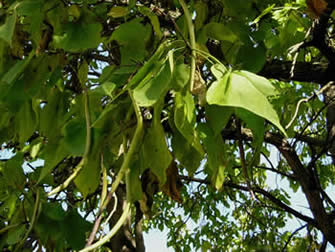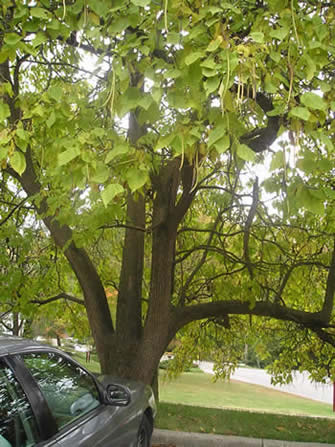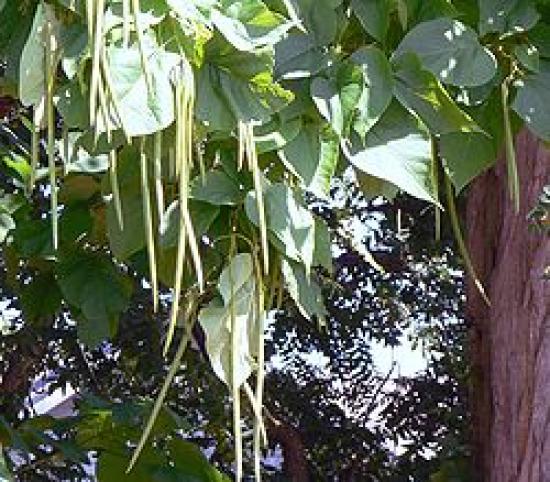southern catalpa tree edible
The tree is famous for its long seed pods which resemble beans or cigars. It is hardy to UK zone 5 and is not frost tender.
It is in flower from June to July and the seeds ripen from October to December.

. For one thing its strong extensive root system can prevent soil erosion. The southern catalpa tree also has medicinal uses and a tea made from the bark has been used as an antiseptic snake bite antidote. The short thick trunk supports long and straggling branches which form a broad and irregular head.
The tree likes Sun at the location and the soil should be sandy - loamy to loamy. How tall does the Catalpa Indian bean tree grow. Indian Bean Tree Latin name.
Indian Bean Tree The Indian bean tree Catalpa bignonioides is also known as cigar tree or southern catalpa and it originates from the southeastern United States and grows in USDA zones 5 to 9. And the strong wood is used for fence posts and making furniture. The species is hermaphrodite has both male and female organs and is pollinated by Bees.
The catalpa tree is an ornamental shade tree that produces dense clusters of white flowers and long seed pods. Southern Catalpa Catalpa Bignonioides Interesting Information About Plant. Southern Catalpa has many interesting features and uses.
PFAF calls its roots extremely toxic however varied medicinal teas have been constituted of its bark seeds and pods every addressing totally different illnesses. The tree is known for its lengthy seed pods which resemble beans or cigars. Growing a catalpa tree Catalpa spp from seed is a long-term project but worth it for the large clusters of white flowers mature trees bear in late springCatalpa trees that are common garden favorites include southern catalpa Catalpa bignonioides USDA zones 5-9 northern catalpa Catalpa speciosa zones 4-8 and Chinese catalpa Catalpa ovata zones 4-8.
Bignonia catalpa Catalpa syringaefolia Family. Catalpa bignonioides is a deciduous Tree growing to 15 m 49ft by 12 m 39ft at a medium rate. The tree is famous for its long seed pods which resemble beans or cigars.
The tree is known for its lengthy seed pods which resemble beans or cigars. It is hardy to UK zone 5 and is not frost tender. The tree is famous for its long seed pods which resemble beans or cigars.
PFAF calls its roots highly poisonous but various medicinal teas have been made from its bark seeds and pods each addressing different ailments. Despite the common name of bean tree however this catalpa has no known edible usesPFAF calls its roots highly poisonous but various medicinal teas have been made from its bark seeds and pods each addressing different ailments. It is a mediumsized deciduous tree growing to 1518 meters tall with a trunk up to 1 m diameter with brown to gray bark maturing into hard plates or ridges.
Catalpa bignonioides is a species of Catalpa that is native to the southeastern United States in Alabama Florida Georgia Louisiana and MississippiCommon names include southern catalpa cigartree and Indian-bean-tree or Indian bean tree. Bignoniaceae Trumpet-creeper Family Medicinal use of Indian Bean Tree. The Southern Catalpa is botanically called Catalpa bignonioides.
The species is hermaphrodite has both male and female organs and is pollinated by Bees. Chinese catalpa Catalpa ovata has been cited as suitable food source during times of famine according to PFAF. Are catalpa seed pods edible.
The tree is famous for its long seed pods which resemble beans or cigars. Light sandy medium loamy. The leaves are cordate and the flowers are white.
They can grow upwards of 70 feet in height although more realistically they typically grow to be around 50 feet. Despite the common name of bean tree however this catalpa has no known edible uses. The dwarf Catalpa or umbrella Catalpa is probably the best choice for those who want the ability to shape and prune to the perfect umbrella.
Catalpa bignonioides commonly called Southern catalpa is a medium-sized deciduous tree that typically grows to 30-40 less frequently to 60 tall with an irregular broad-rounded crown. PFAF calls its roots extremely toxic however numerous medicinal teas have been comprised of its bark seeds and pods every addressing totally different illnesses. It is native to a relatively small area extending from central Mississippi Alabama and Georgia south to the Florida panhandle.
The typical Northern and Southern Catalpas grow MUCH larger than this tree. Possibly because of its bitter taste PFAF rates the trees edible portions as of. Call us at 1 315 4971058.
Finally fibers from the fruit of the plant can be used to make ropes. Regardless of the widespread identify of bean tree nonetheless this catalpa has no identified edible makes use of. The 8- to 22-inch-long pods turn from green to dark brown as.
Catalpa is a deciduous Tree growing to 15 m 49ft by 12 m 39ft at a medium rate. Regardless of the widespread title of bean tree nonetheless this catalpa has no recognized edible makes use of. PFAF calls its roots highly poisonous but various medicinal teas have been made from its bark seeds and pods each addressing different ailments.
Researchers say that the root of this tree is very poisonous and that it shouldnt be eatenIt is also said that the leaves of Catalpa tree is poisonous but different sources have different opinions about this. Catalpa bignonioides and over 1000 other quality seeds for sale. See above for USDA hardiness.
Catalpa speciosa commonly called northern catalpa is a medium to large deciduous tree that typically grows to 40-70 less frequently to 100 tall with an irregular open-rounded to narrow-oval crownIt is native to a relatively small area extending from western Tennessee northeastern Arkansas and the lowlands of southeastern Missouri north to. It is in flower from June to July and the seeds ripen from October to December. The Tree is a deciduous tree it will be up to 18 m 59 ft high.
Catalpa tree seeds remain in their pods on the trees until late winter or early spring. The Indian Bean Tree catalpa bignonioides popularly known as the Catalpa tree is said to be used for non-edible purposes. See above for USDA hardiness.
Despite the common name of bean tree however this catalpa has no known edible uses. Because of the shape of the leaves the Southern Catalpa was used for heart illnesses by Native American medicine men. Despite the common name of bean tree however this catalpa has no known edible uses.
They are much more difficult. Despite the common name of bean tree however this catalpa has no known edible uses. A tea made from the bark has been used as an antiseptic antidote to.
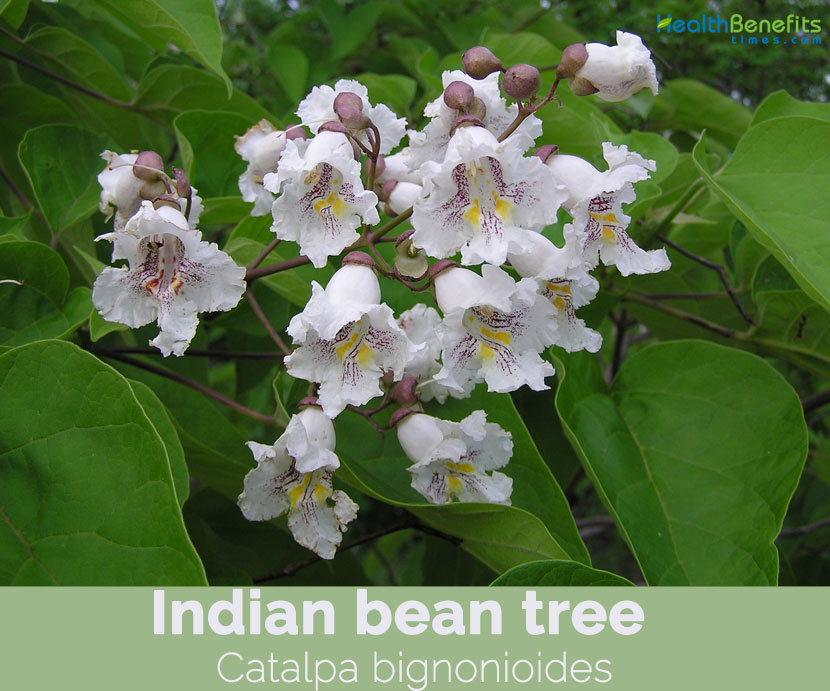
Indian Bean Tree Facts And Health Benefits

The Catalpa Tree Dave S Garden

The Catalpa Tree Dave S Garden

Gardening Granny S Gardening Pages Catalpa Catawaba Tree

Indian Bean Tree Catalpa Bignonioides Chew Valley Trees
:max_bytes(150000):strip_icc()/GettyImages-1036136024-83c2aff58b3144ffa2285957b51634fb.jpg)
What To Know About Catalpa Trees And Their Worms

Indian Bean Tree Catalpa Bignonioides Chew Valley Trees

Indian Bean Tree Catalpa Bignonioides Chew Valley Trees
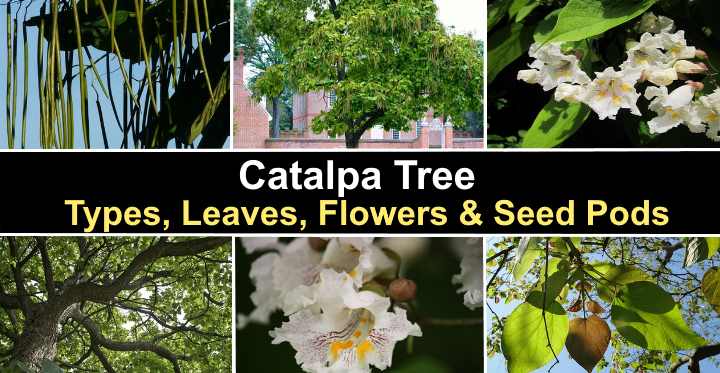
Catalpa Tree Types Leaves Flowers Seed Pods With Catalpa Worms

Indian Bean Tree Catalpa Bignonioides Chew Valley Trees
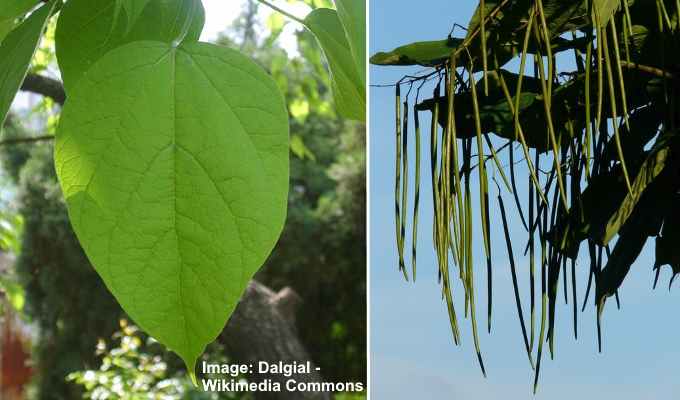
Catalpa Tree Types Leaves Flowers Seed Pods With Catalpa Worms

Catalpa Bignonioides Tree With Fruit Stock Photo Picture And Royalty Free Image Image 113722140

Catalpa Tree This Is Our First Grand Daughters Tree She Calls It Her Bean Tree Her Boy Cousins Call It Their Trees To Plant North Garden Beautiful Tree



